Painting Wargaming Collections Part Six: Heroic Failures
January 17, 2018 by crew
Big Projects – Heroic Failures
See The Painting Wargaming Collections Article Series By Dave
Over the decades that I’ve been involved in the hobby, I’ve always derived the most joy from working on and, eventually, completing a big project. Most often that’s been an army, occasionally it has been a huge model (like my Warlord Titan) or a terrain project.
I’ve spent a lot of time talking with other hobbyists about their big projects too, and I’m always interested in hearing about the kinds of things that inspire them, help them get organized, and keep them motivated through the “dark times” that can befall any lengthy project. In this series of articles on “big projects,” I hope to provide little nuggets of wisdom, gathered during my journeys.
Failure
It’s not a fun word, is it? No one likes to fail, but sooner or later we all will. Most of the time it’ll be small and pretty insignificant. Sometimes, however, it’ll be massive and in glorious technicolour. The idea of this article series is to provide everyone with a great set of tried and tested tools to achieve success, but even armed with all these tools we’ll still, on occasion, fail.
This article will look at the ways we recover from those failures and turn them into… Heroic Failures!
Own It
You may have told your gaming group that you’d finish the project by a certain date, or you may have announced your plans to “the world” via the Internet, or you may have kept it all to yourself. Regardless of the size of your commitment, it can be tough to own up to it when we fail. There might be endless ribbing from friends, the look of disappointment from colleagues, and the easiest way to try to deflect these things is to come up with a plausible excuse. My suggestion is not to go down that path.
My suggestion is to “own it”, understand that the failure was due to you not fully understanding or getting to grips with some part of the process we’ve already discussed. This even includes when something terrible and/or tragic occurs in Real Life™ that prevents you from finishing. At times like that you can avoid “failure” by managing everyone’s expectations, let them know in a timely fashion of the tragedy and they’ll understand. Thankfully, tabletop wargaming isn’t about saving lives and our failures won’t result in death or dismemberment.
In the spirit of owning our failures, When the Genestealer Cult army was originally released in 2016, I was very excited about building an army. I bought a whole bunch of models and even started a vlog of my progress. A few videos in, I lost the drive to complete the army and just let it fall by the wayside.
I wasn’t a big fan of 7th Edition 40K, and not playing with the models wasn’t getting me excited. I shelved the project and never filmed another video. I hadn’t paid attention to my motivation for the army – to be able to play cool games with it – and when it was removed, I failed.
So, what can we do with our failed projects? There are three typical approaches that most hobbyists take when a project falls out of favour.
Put It Aside & Wait For Inspiration
I've just admitted to failing at a project, the building and painting of a Genestealer Cult army. What did I do with these models? I scraped them all into a box and put them aside. With my recent return to 40K – thanks to 8th Edition – I’ve dragged them back out and have played a few games with them. Has the inspiration/motivation to complete them returned? Not yet, but I can feel the desire growing.
Another project that I abandoned some four years ago was a very promising one. In fact, I won a few painting awards for the models I did complete, and a bunch of people have told me they were inspired by seeing my models. This project was my Lamenters Space Marines.
You’ve seen the photo above and might wonder why I never finished them, and the honest answer is “I don’t really know why.” I played a few games with them but didn’t feel they suited my playstyle, I assembled a bunch of models and had fun doing that (giving them a Blood Angels feel without being Blood Angels), and the painting process took a bit longer for each model than I was used too.
None of those are insurmountable problems in themselves, but I guess that together they just drained my motivations. As you can see in the photo, though, they stand ready to be revived when I feel the call of the yellow Space Marines once more.
Repurpose The Materials
Sometimes a failed project will leave you with a lot of extra bits lying around. Spare helmets, spare rifles, strange little doodads and fetishes. While you are waiting for the inspiration to strike again, you can always jump into a smaller project and “repurpose” some of these bits and pieces. If you are lucky, your bits-boxes will be extensive and filled with the remnants of both successful and failed projects.
One, somewhat obscure, genre that has gained popularity over recent years is perfect for kitbashing and re-using many parts from failed projects – Inquisimunda or INQ28. Modellers that are three parts storyteller are diving into the depths of the 40K universe, digging through the everyday lives of regular people in the Imperium and creating these characters in miniature.
Occasionally these minis make it on to the tabletop in a variety of home-brewed game systems that resemble the GW Specialist Games’ Inquisitor and Necromunda. The models in the photo above are a handful that I’ve been messing with for some time now – adding to whenever a project stalls or is relegated to the Shelves of Shame.
Sell It Off To Fund A New Project
Of course, there may come a time when you realize you will never return to a project. It might have been sitting in your Drawer of Shame, on your Shelf of Shame, in your Closet of Shame, or (in the direst of cases) in your Basement of Shame!* If you have made that realization, it is time to move the materials on to the next potential project builder. These days it is pretty easy to sell these projects, and the amount of work you are willing to do to sell them generally dictates the return on your investment.
Of course, there are quite a few folks out there ready to sell off a failed project, so you’ll find that you won’t recoup all of the money you spent in the first place. In fact, you might only see half of it back, so be prepared for that. Still, half the money back is still better than no money back and you can put it all into your new project immediately.
Look at bits trading sites or Facebook groups, auction sites like eBay, or check and see if your local gaming store runs “flea markets” or “Bizarre Bazaar” days on a semi-regular basis. The photo is from one such event at one of my local stores.
*The word “shame” is used in an amusing way here. Of course, if you are following the steps in this article closely, you will have owned the failure early on so there is absolutely no need to feel shame at all.
So…
I think the big takeaway from all of this talk about Heroic Failures is this: you were all excited about a project and things just didn’t work out, but there’s no need to beat yourself up about it. A failure to complete a project can become a Heroic Failure if you have the patience to wait for returning inspiration, or the ability to repurpose materials, or the strength to make the decision to embark on a new project funded by the remains of the old.
Failure happens to all of us. Take heart, and overcoming the failure is what makes it all truly heroic.
What are some of the ways you have overcome a big project failure?
"So, what can we do with our failed projects?"
Supported by (Turn Off)
Supported by (Turn Off)
"Failure happens to all of us. Take heart, and overcoming the failure is what makes it all truly heroic..."
Supported by (Turn Off)
































![TerrainFest 2024! Build Terrain With OnTableTop & Win A £300 Prize [Extended!]](https://images.beastsofwar.com/2024/10/TerrainFEST-2024-Social-Media-Post-Square-225-127.jpg)








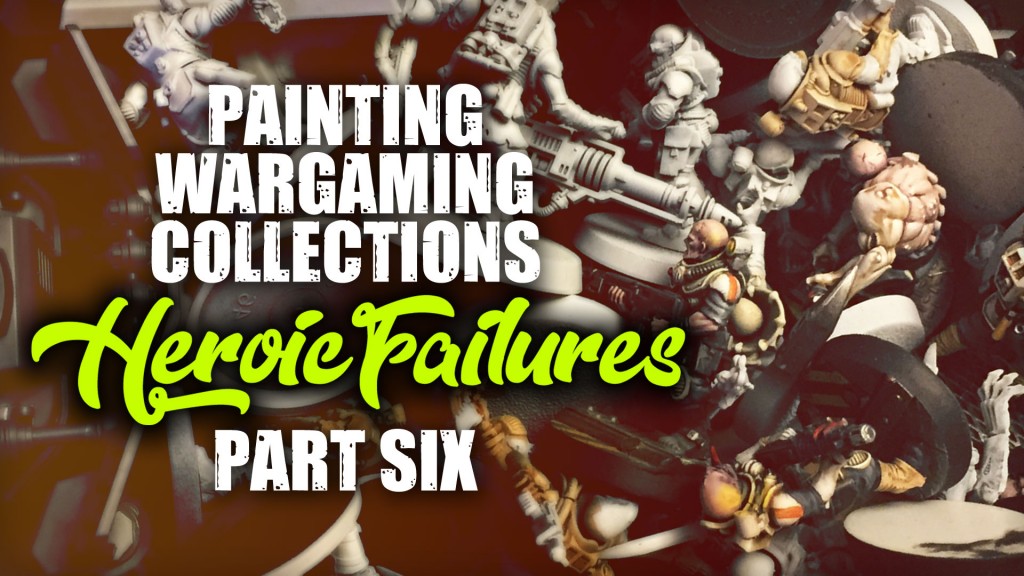
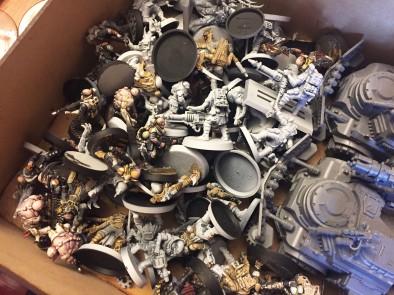
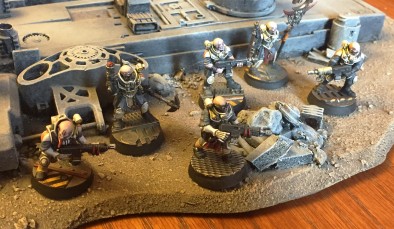
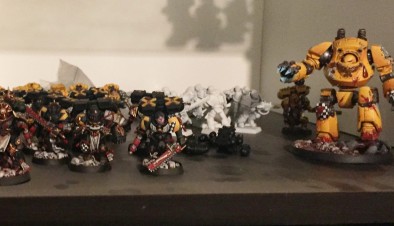

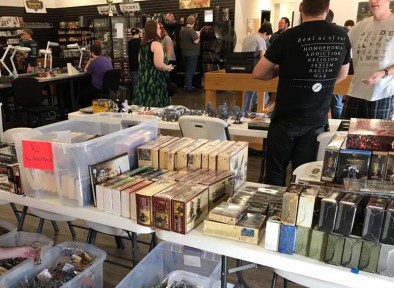
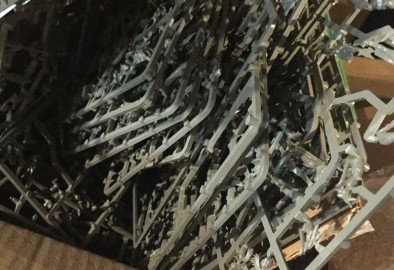
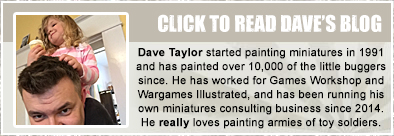


































I already have a cupboard of shame – mainly full of Kick Starter purchases
Accepting something as a failure is the failure.
The way is the end. However, sometimes the way materilizes whilst walking.
F.I.: I don´t like version 7 of a game, I play a version I like.
A deadline is approaching relentlessly, I postpone the date early enough.
The project seems to be a too big and intimidating, I subdivide the project into smaller projects and then I carry on.
Figure out a plan B (and C and D if necessary) for every project. Then you´ll succeed one way or the other.
I use failed projects as an incentive to avoid the ‘new and shiny’ temptation of other projects..
Interesting point re swapmeets – I can’t recall ever seeing one advertised for wargames – does anyone have any info on where these run?
Reading this article I realized that all my projects have failed. I have never finished an army.:-)
I don’t see it as failing because I will finish these projects some day. Just waiting for new inspiration like the new 40K. I started back with my Imperial guard although they call it Astra Militarum now.